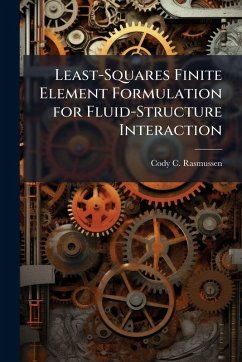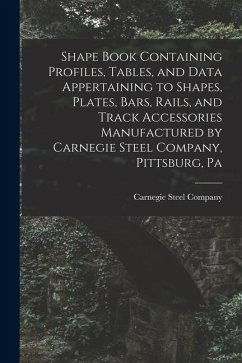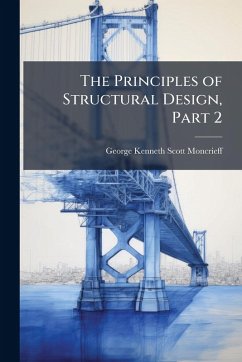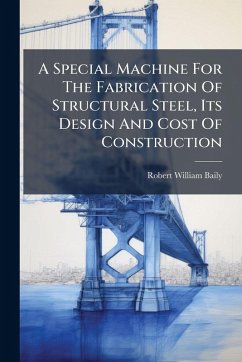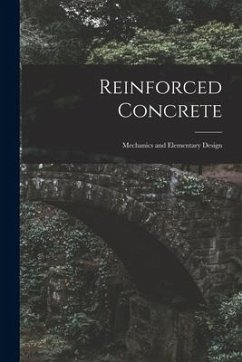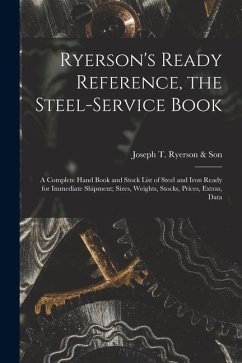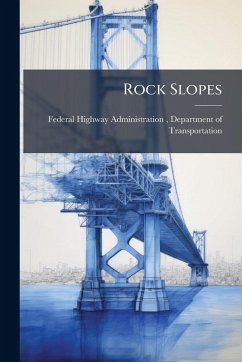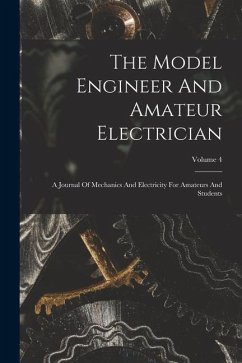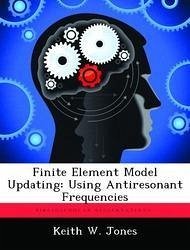
Finite Element Model Updating
Using Antiresonant Frequencies
Versandkostenfrei!
Versandfertig in über 4 Wochen
15,99 €
inkl. MwSt.

PAYBACK Punkte
8 °P sammeln!
The applications of antiresonant frequencies to finite element (FE) model updating are few and usually limited to numerical examples. This work uses antiresonant frequencies in the model updating of an experimental structure and analyzes the physical correctness of the updated model by using it to detect damage. Antiresonant frequencies were used in the FE model updating of a six-meter aluminum truss. The model used rigid links to model welded and bolted joints. Rigid link dimensions were used as parameters in an iterative update based on eigenvalue and antiresonance sensitivities. The first u...
The applications of antiresonant frequencies to finite element (FE) model updating are few and usually limited to numerical examples. This work uses antiresonant frequencies in the model updating of an experimental structure and analyzes the physical correctness of the updated model by using it to detect damage. Antiresonant frequencies were used in the FE model updating of a six-meter aluminum truss. The model used rigid links to model welded and bolted joints. Rigid link dimensions were used as parameters in an iterative update based on eigenvalue and antiresonance sensitivities. The first update used 11 natural frequencies and 21 antiresonant frequencies from seven experimental frequency response functions (FRFs). The second update used only 11 natural frequencies. The antiresonant updated model produced a 46% better correlation to experimental FRFs than the non-antiresonant updated joint model. The antiresonant updated model was used to predict FRFs for the FTE in 112 damaged configurations. Pattern classification and curve-fit algorithms for damage detection were tested. The curve-fit method correctly identified damage 92.6% of the time compared to 76.1% for the pattern classier. The high quality of the model was attributed to the use of rigid links that were updated using antiresonant frequencies. This work has been selected by scholars as being culturally important, and is part of the knowledge base of civilization as we know it. This work was reproduced from the original artifact, and remains as true to the original work as possible. Therefore, you will see the original copyright references, library stamps (as most of these works have been housed in our most important libraries around the world), and other notations in the work. This work is in the public domain in the United States of America, and possibly other nations. Within the United States, you may freely copy and distribute this work, as no entity (individual or corporate) has a copyright on the body of the work. As a reproduction of a historical artifact, this work may contain missing or blurred pages, poor pictures, errant marks, etc. Scholars believe, and we concur, that this work is important enough to be preserved, reproduced, and made generally available to the public. We appreciate your support of the preservation process, and thank you for being an important part of keeping this knowledge alive and relevant.



